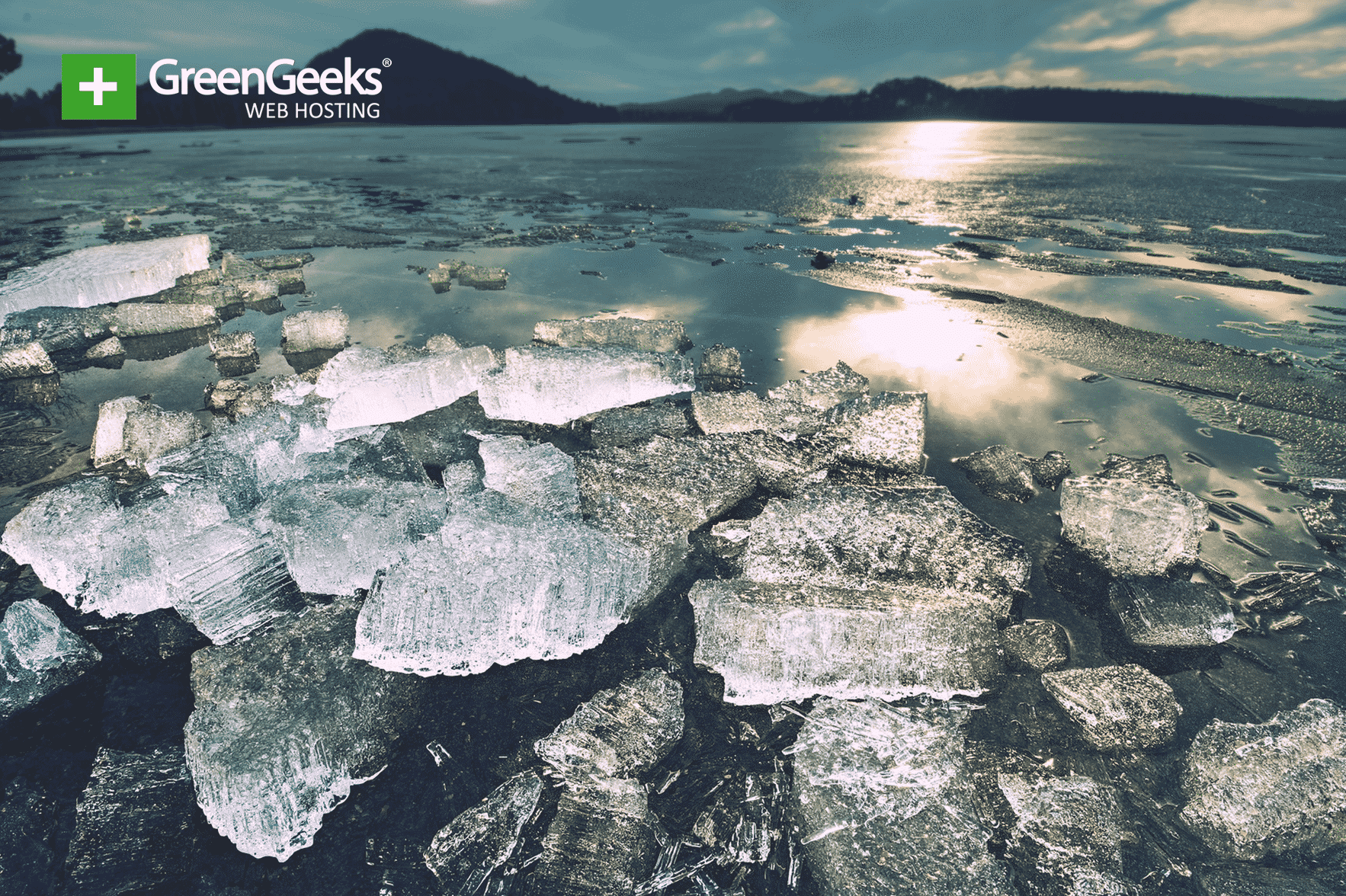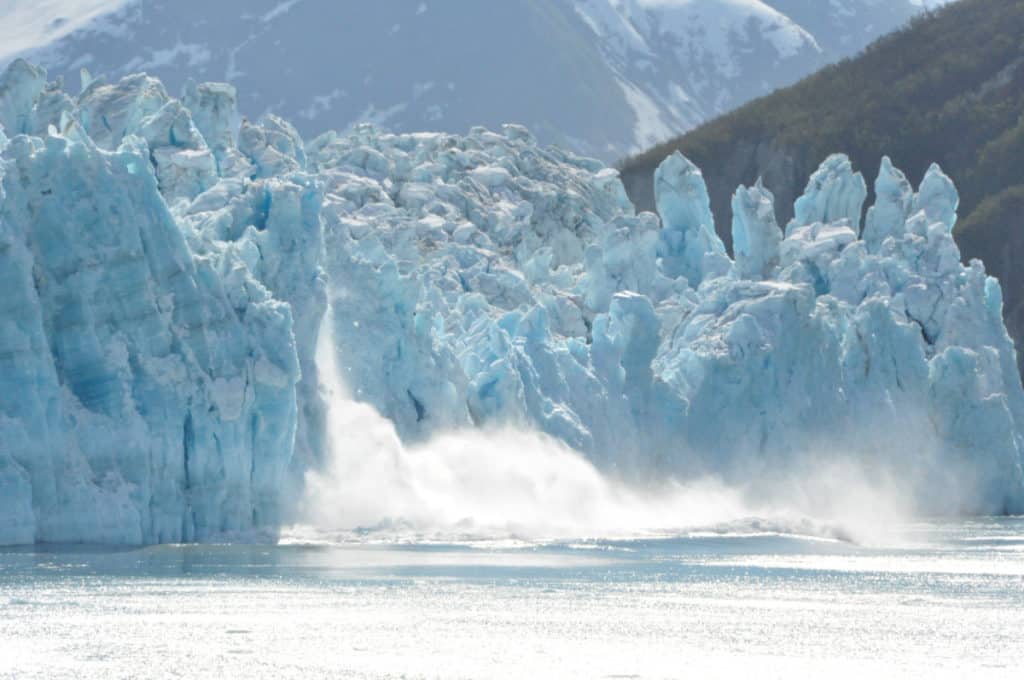
According to a new Proceedings of the National Academy of Science (PNAS) report, rising sea levels are expected to increase approximately 2 meters (6.6 feet) by the end of the century. This poses a serious threat to coastal regions like New York City, Florida, Shanghai and many other regions.
However, the rising sea levels will only reach these catastrophic levels if current trends continue. If better climate change regulations are put into effect, the results can be much lower.
Why Are Sea Levels Rising
One of the biggest parts of climate change is global warming. The Earth’s temperature is increasing at an astonishing rate. Unfortunately, this is having a lot of consequences that will make it harder for future generations to survive.
The biggest problem is the melting ice from around the world. In particular, Antartica and Greenland are melting much faster than previously thought. This is causing the estimations to increase substantially.
On top of the ice sheets melting, permafrost is also beginning to melt in many regions. Of course, when the ice melts, it becomes water. It eventually makes its way to the ocean, which adds to rising sea levels.
Thus, the faster the ice melts, the higher the sea levels will rise in a shorter period of time.
Catastrophic Consequences
The rising sea levels will flood coastal regions, and cities like New York will have certain areas submerged. This will put millions of people around the world at risk.
Not only will humans be affected, but coastal habitats will be completely destroyed. Thus, millions of wildlife will also be at risk.
Rising sea levels pose one of the biggest threats to human civilization. The worst part is that it’s completely preventable.
Worst Case Scenario

This report looks at the worst case scenario in which the global temperature rises by 9 degrees Fahrenheit (5C) by 2100. Luckily, nothing in this report is set in stone.
The Paris Agreements goal is to limit global warming to a 1.5C temperature increase by the end of the century. If this is successful, the effects will be much less than the report suggests.
On top of this, it is extremely difficult to predict how fast or slow ice sheets will take to melt. It is possible they will melt faster than expected, but also just as likely to take longer.

